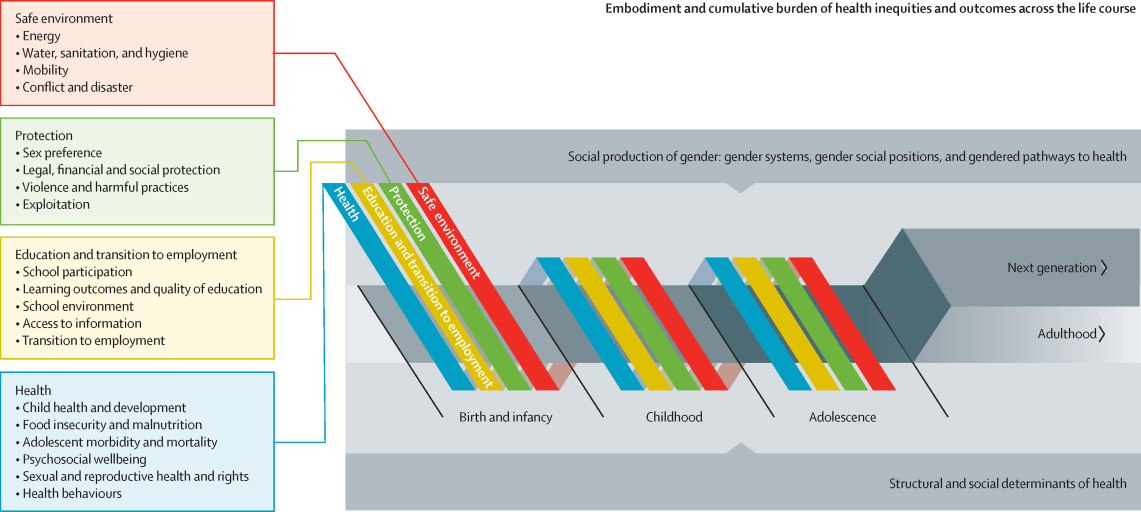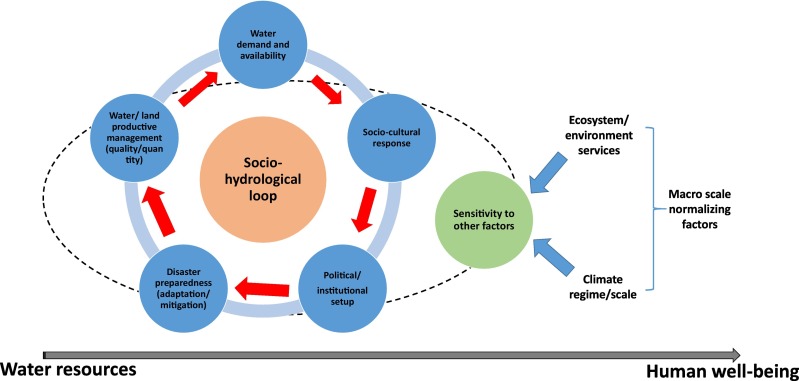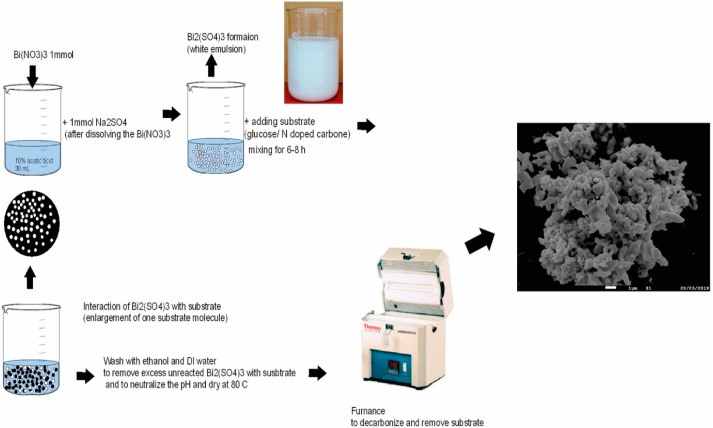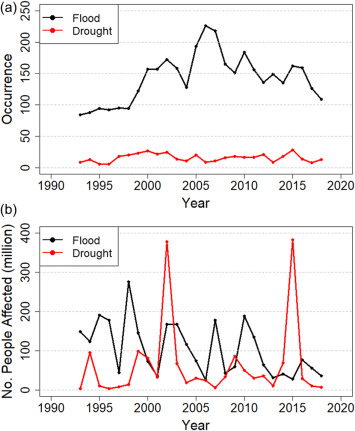One Earth, Volume 3, 18 December 2020
Restoration thinking provides a new paradigm for charting a bold future that prevents further loss of biodiversity and habitat destruction, avoids catastrophic climate change, and promotes the well-being and safety of all people. Ten paths guide actions to restore and care for Earth and all its living creatures.
Progress in Disaster Science, Volume 8, December 2020
Materials Today Sustainability, Volume 10, December 2020
Progress in Disaster Science, Volume 8, December 2020
Biomarkers in Neuropsychiatry, Volume 3, December 2020




